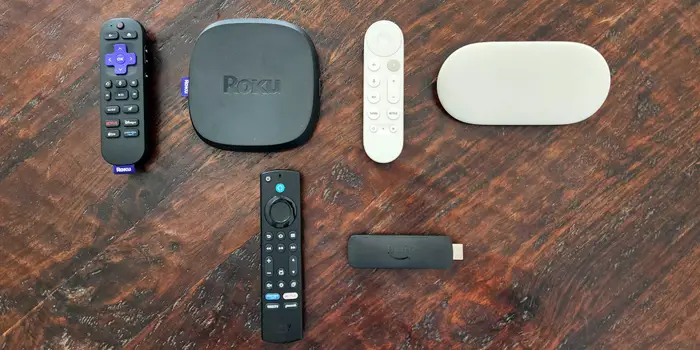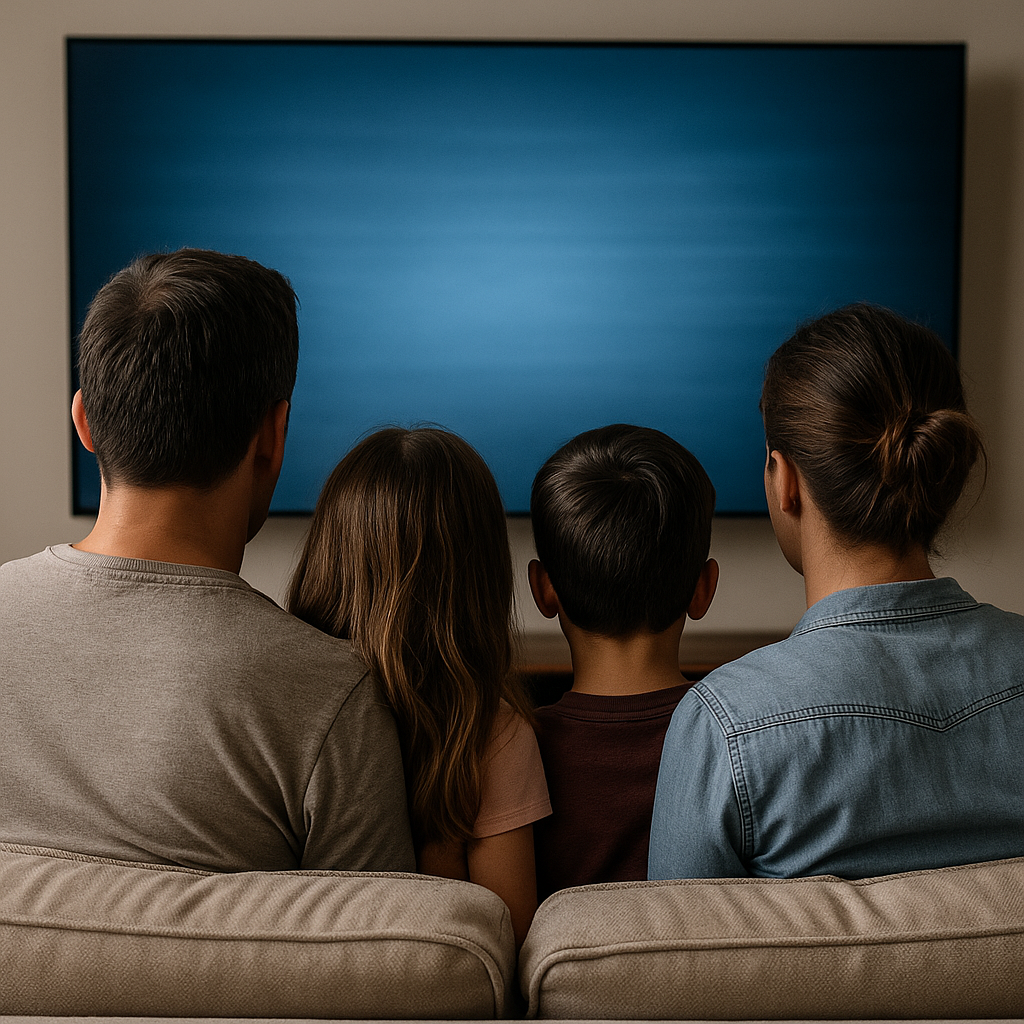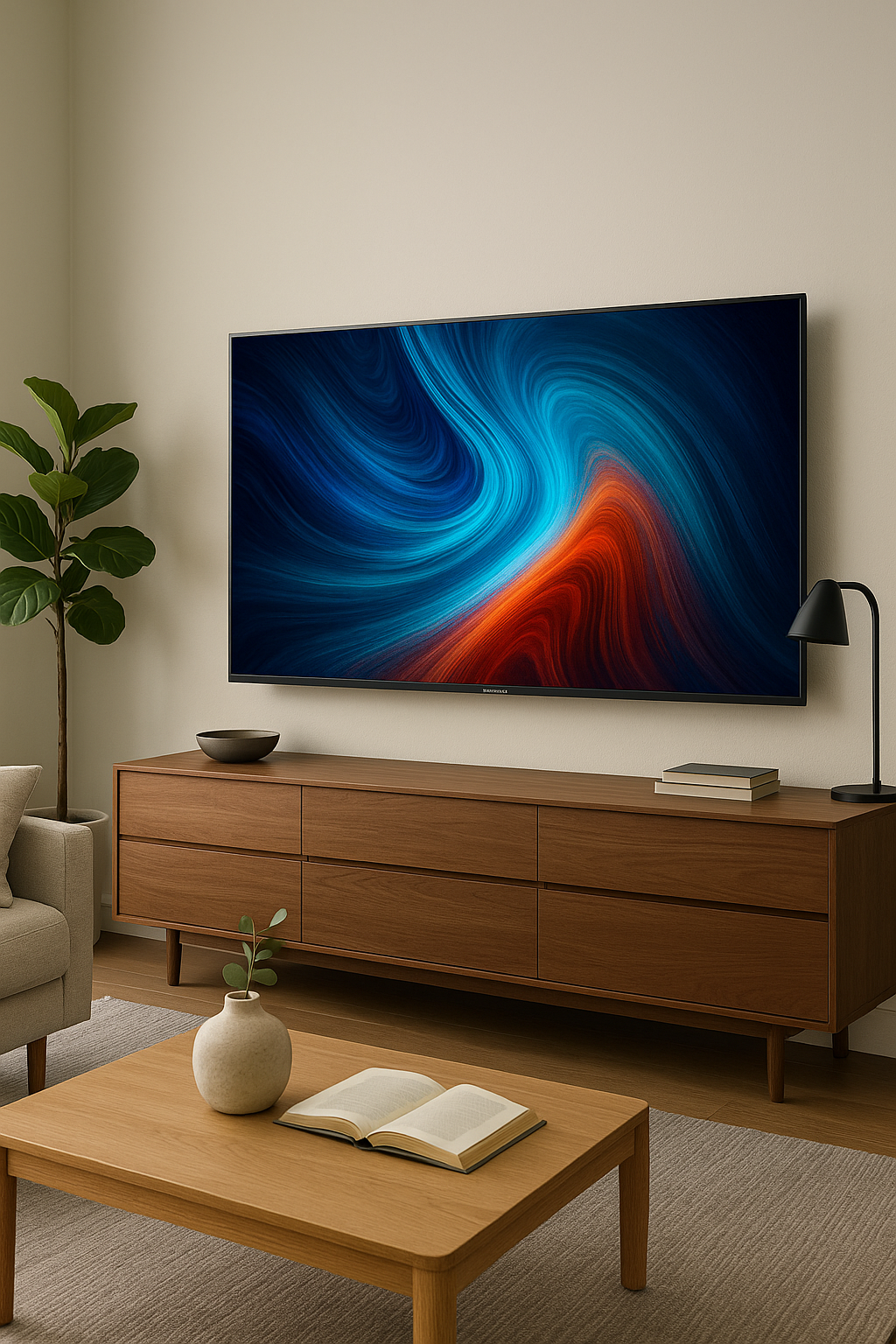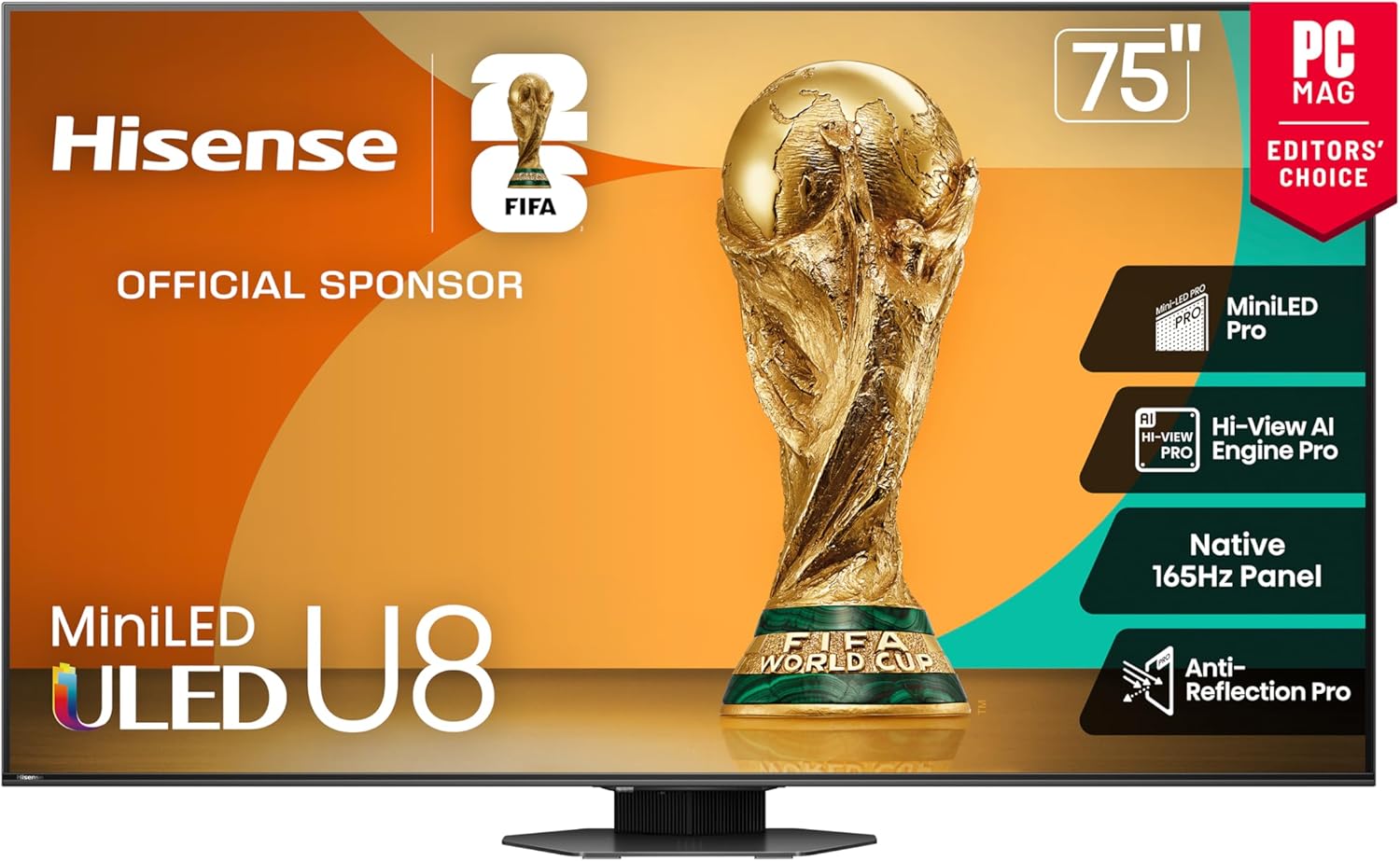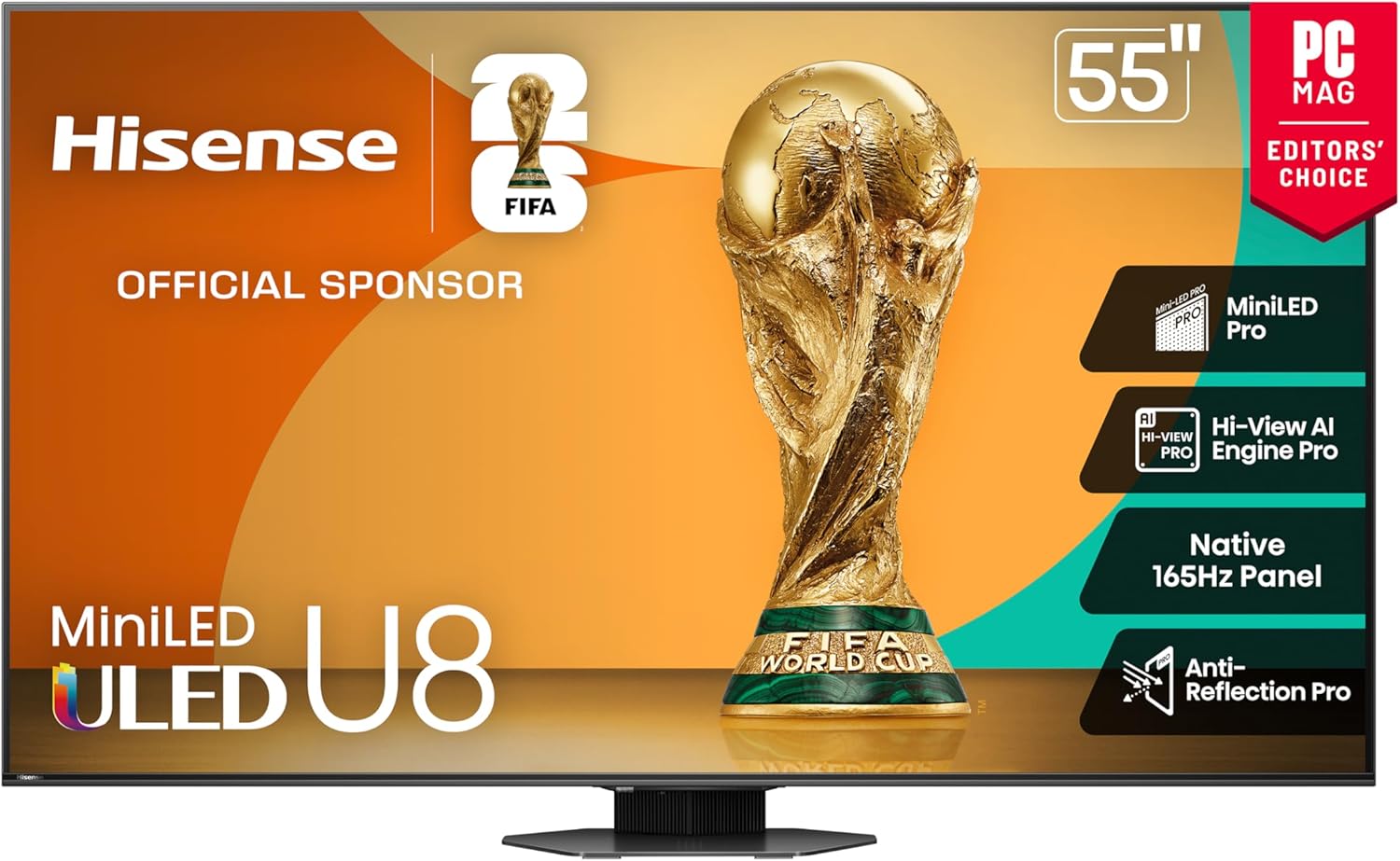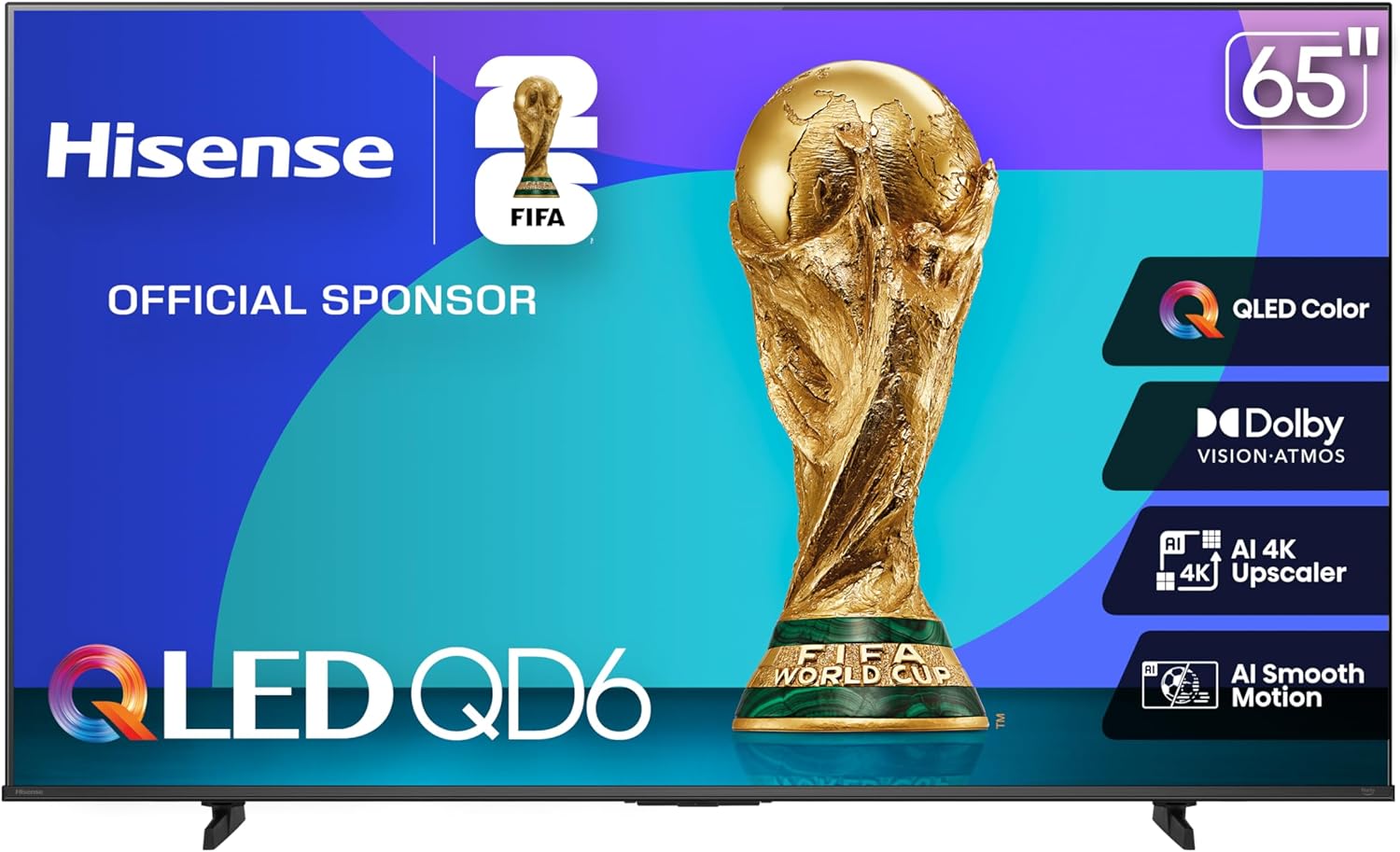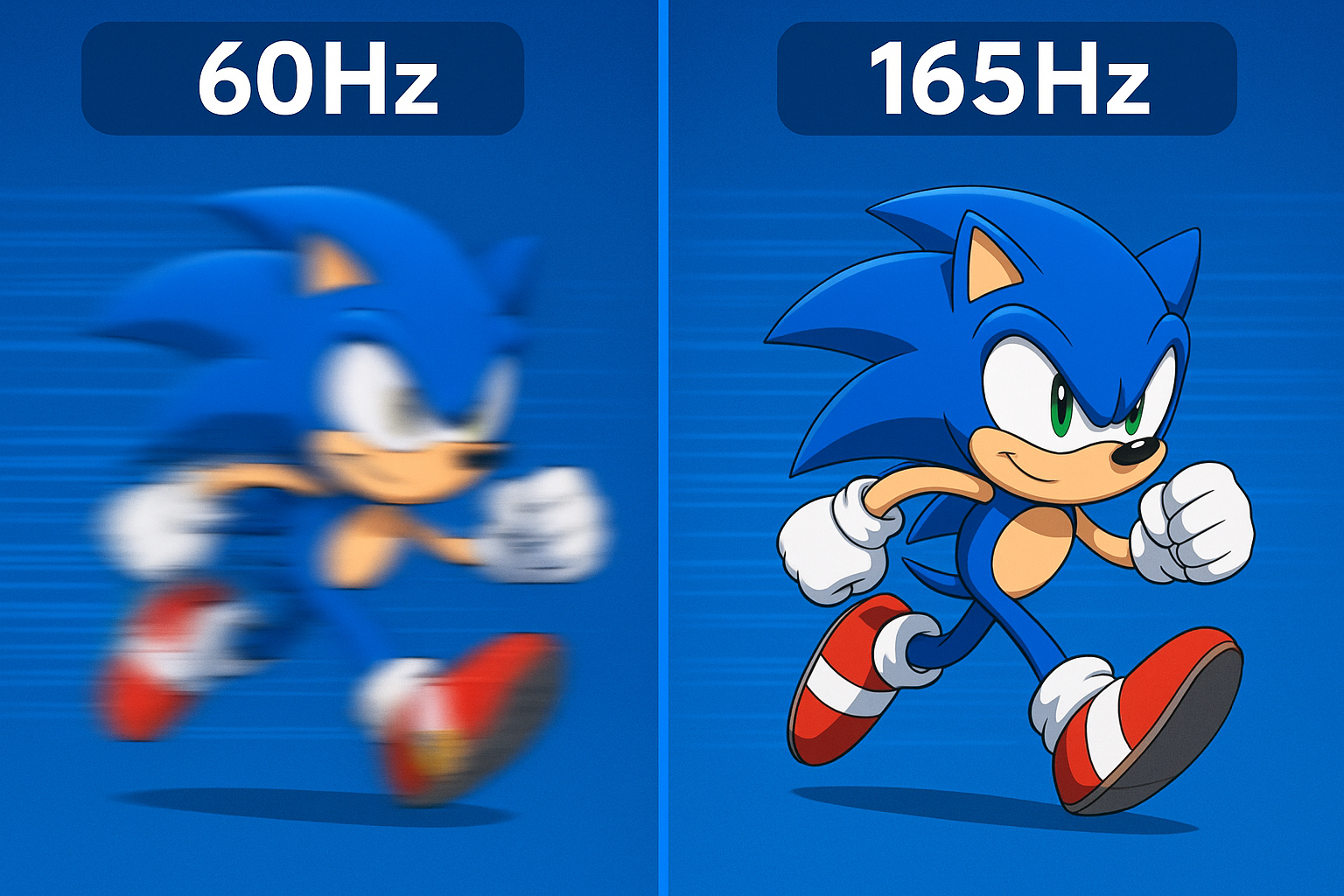Roku TV vs Fire TV vs Google TV: Which Streaming Platform Rules Your Living Room?
Choosing between Roku, Fire TV, and Google TV isn't just about streaming apps—it's about ecosystem, interface, voice control, and which platform actually makes your TV smarter. We break down the key differences, hidden features, and help you pick the perfect platform for your viewing habits.
Platform Interface Showdown

Key Features
- Massive 5,000+ channel store
- Simple, consistent interface
- Works with Alexa & Google Assistant
- Private listening feature
The Big Three: Platform Overview

- Massive 5,000+ channel store
- Simple, consistent interface
- Works with Alexa & Google Assistant
- Private listening feature

- Deep Alexa integration
- Strong Amazon content focus
- Gaming capabilities
- Live TV integration

- AI-powered recommendations
- Google Assistant built-in
- Chromecast integration
- Watchlist across services
Roku TV: The Switzerland of Streaming
Roku takes a neutral approach to the streaming wars. Unlike its competitors, Roku doesn't produce original content or heavily promote its own services. This platform-agnostic philosophy makes Roku the closest thing to an "open" streaming platform available.
Fire TV: Amazon's Entertainment Hub
Fire TV is Amazon's vision for the living room, deeply integrated with the Alexa ecosystem and Amazon's content services. The interface prominently features Amazon's own content while still providing access to other streaming services.
Google TV: The AI-Powered Content Curator
Google TV represents the search giant's approach to television—an intelligent interface that learns your preferences and serves up personalized recommendations across all your streaming services. It's the evolution of Android TV with a stronger focus on discovery.




